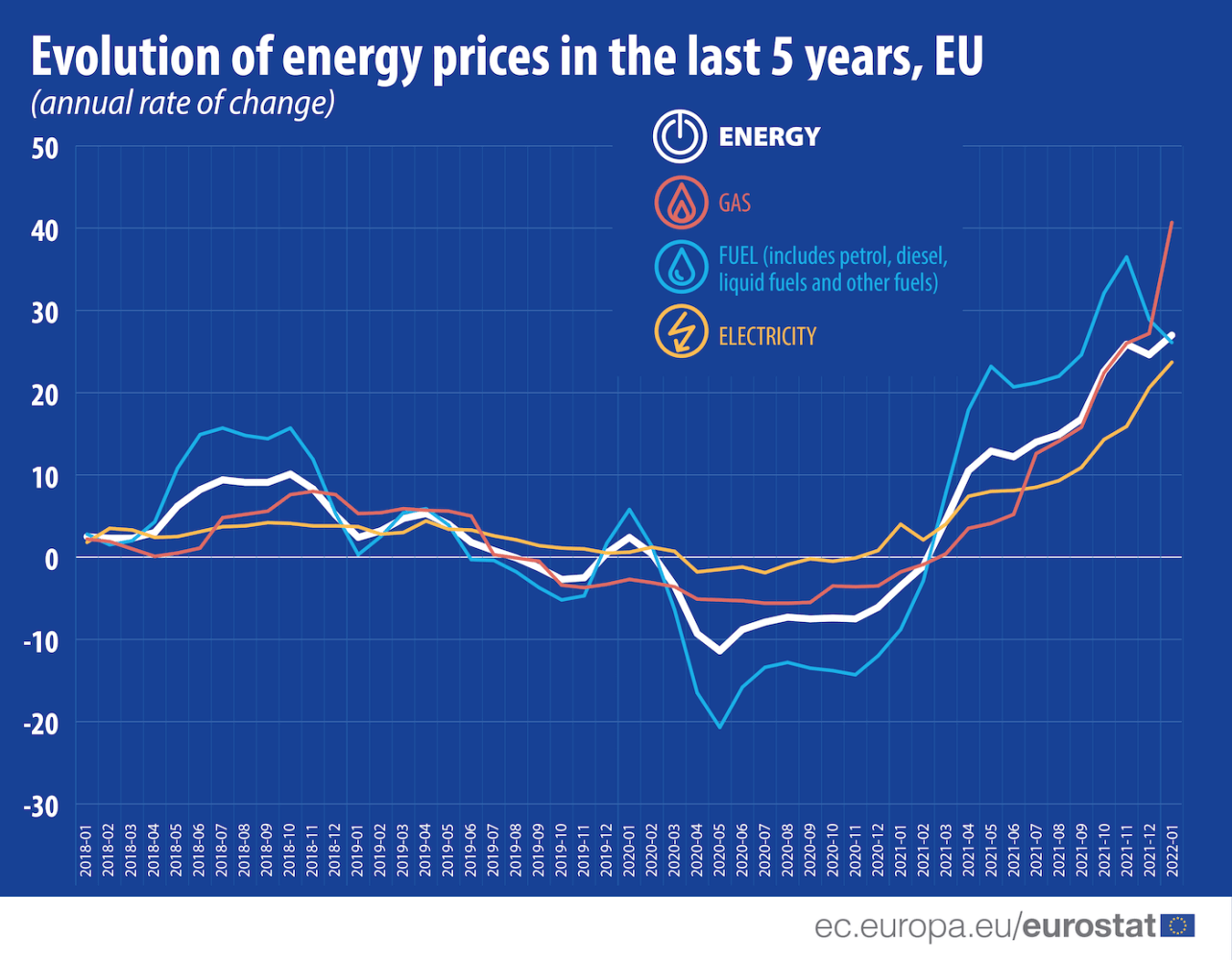The road to sustainability can seem complicated and costly, but complacency is no longer an option. The penny has finally dropped for many companies, and now sustainability is at the top of the agenda. Not focusing on energy efficiency is going to be detrimental to your bottom line. There is now the financial backing for organisations to make change and not produce more empty statements.
The good news is there are a number of initiatives in place for businesses who want to scale up their sustainability efforts. One of the most popular right now, green loans, can be awarded to fund projects that centre on sustainability. 100% of green loans must be used on environmentally focused projects and, in 2018, the Green Loan Principles (GLP) were established, breaking them up into four categories and setting the parameters for how they should be awarded.
So what’s available for you?
Some large entities have been leading the way. One such is Aviva Investors, who have planned to lend a total of £1 billion to sustainable real estate within the next four years (from 2021). Similarly, in January 2021, real estate developer Hines was granted a green loan by ING, totalling $48 million for a office building in Frankfurt, and a further $43 million for an urban logistics park near London’s Heathrow.
As more and more projects expand due to the help of green loans, missing the boat could do more harm than good.

Europe is currently leading the way in green finance, with Dutch bank ING being a frontrunner in delivering loans across a multitude of European countries. In 2020, European Commission President Ursula Von der Leyen announced that 30% of the EU’s €750 billion Next Generation EU fund would be coming from green bonds, equalling €225 billion. However, other countries are quickly catching up. Asia’s green bond market equalled $50 billion in 2020, and has seen tremendous growth within recent years. China is the current green loan leader in Asia, with India not too far behind.
As of 2021, sustainable assets have exceeded a total $35 trillion, making sustainability a lucrative as well as ethical industry (Bloomberg). As climate targets swiftly approach, how environmentally friendly a building is is now a vital factor in securing investment and attracting employees and tenants. Currently only 4% of UK offices meet the EPC requirements that will be introduced in 2030, a shocking statistic.
Keeping to sustainable targets doesn’t just look good for stakeholders, but not implementing sustainability strategies may risk financial obsolescence. In a survey conducted by the Urban Land Institute and PwC, one lender stated their target was to get their loan book to 25% green loans, with that target rising in the years to come. It’s clear that banks and lenders are looking to increase lending to projects with a significant focus on sustainability. Ignoring subjects like sustainability will make developments unattractive to potential investors or funding bodies.

Energy costs are rising, and they’re rising fast. For commercial buildings, costs are predicted to rise dramatically after the expiration of current energy contracts in April leading to an even more dramatic issue next October. It’s time to get ahead of the curb, and green finance will be a vital way of implementing smart technologies to reduce inefficiency. It’s a win-win both environmentally and financially.
Sustainability has been rattling around the global warming echochamber for some time now. Corporations and building managers are gradually coming to terms with the effects the real estate industry has on the climate and are realising that efficient strategies are needed now to mitigate waste. But more still needs to be done, or corporations face potential investment obstacles. With insufficient focus on sustainability, corporations may be shooting themselves in the foot and cutting themselves off from the growing green market.
With most innovations in the PropTech sector delivering a rapid return on investment, these green loans could be the cheapest money, delivering the biggest impact that businesses and the environment could have ever wished for.
Contact us for more details.

Share your thoughts
No Comments
Sorry, the comment form is closed at this time.